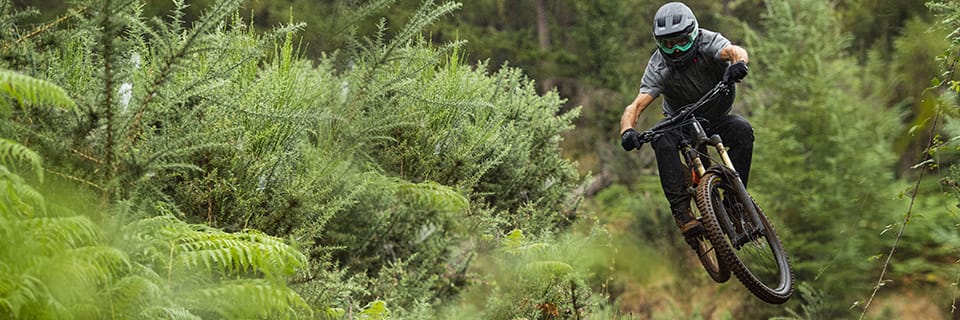A first aid kit can be used by any cyclist or mountain biker to treat injuries, after a fall for example. It's particularly useful for hikers, mountain bikers, extreme raiders and bike travelers, who are used to being on remote trails, far from any assistance.
WHY USE A MOUNTAIN BIKE FIRST AID KIT?
The usefulness of a bicycle or mountain bike first aid kit is obvious! By carrying disinfectants and accessories such as bandages and compresses, cyclists can easily clean, relieve and protect wounds and abrasions on their skin caused by a fall.
We recommend them above all for adventurous cyclists, who don't hesitate to take wild, remote, hard-to-reach routes, far from towns and any form of assistance. But they can be useful in all circumstances, as well as for a simple family outing.
Of course, a first-aid kit can be useful for yourself, as well as for any accident victims you may come across.
WHAT CRITERIA SHOULD YOU TAKE INTO ACCOUNT WHEN CHOOSING YOUR FIRST-AID KIT?
A first-aid kit should be easy to carry in a backpack or satchel. However, those who are able to do so are encouraged to make it as visible as possible, by attaching it to the outside of a bag or pannier, so that it can be directly accessible to those providing assistance to an accident victim who has lost consciousness, for example.
These first-aid kits are often packaged in more or less compact kits, which above all benefit from a watertight construction to prevent damage to the products inside.
When choosing a first-aid kit, the most important factor is its content. The more wild and extreme the outings you're planning, the more comprehensive the kit you'll need. On the other hand, for more ordinary bike/mountain bike outings, you may prefer a more compact kit containing everything you need to deal with injuries after a fall, or to help you wait for help to arrive.
Here are the essential items you'll find in any first-aid kit:
- Compresses
- Bandages in various sizes
- Velcro tape
- Disinfectant (wipes, alcohol swabs, etc.)
- Gauze bandage
- A pair of scissors
- Gloves
More comprehensive kits, suitable for longer bike/mountain bike trips, can add the following items:
- Tweezers
- Whistle
- Blister plasters
- Cooling wipes
- Survival blanket
- Thermometer
- Tick remover
- Burn gel
- Saline solution
- Eye drops
For longer journeys, you may also wish to supplement the contents of your kit with essentials from your personal pharmacy (anti-inflammatory, Biafine...).
Découvrez tous nos conseils & Tutoriels
